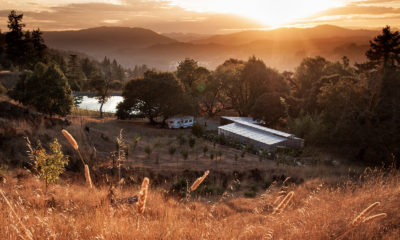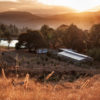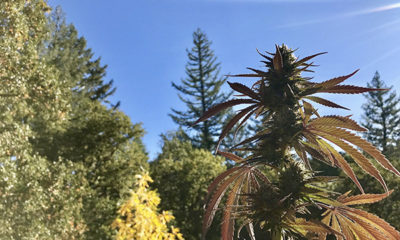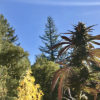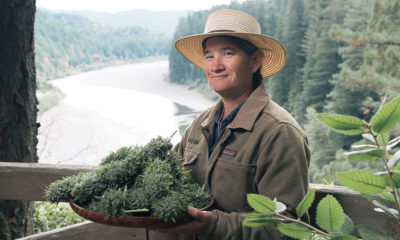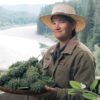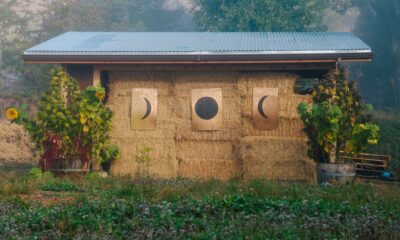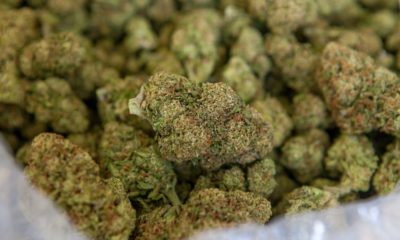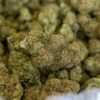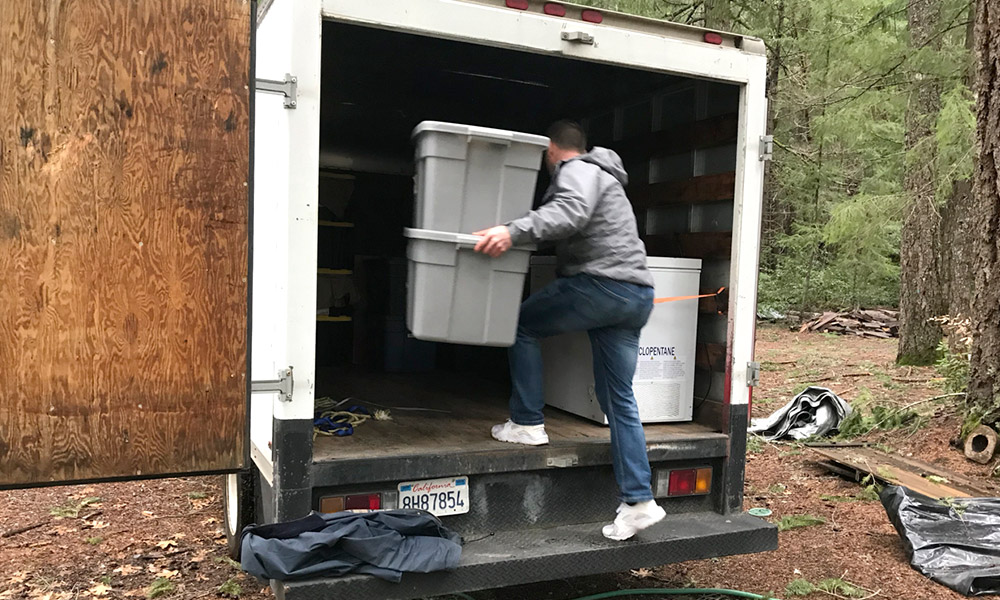
Joint Opinions
A New Way to Harvest
Veteran grower Nikki Lastreto brings tidings from her latest harvest in this dispatch from the farm.
We’ve all felt it coming and talked about it for years, but this past season, the enforced changes in how we harvest our favorite plant were clearly evident.
The recurring mantra around here has been “Just one more crop the old way…” But that won’t work when you enter the legal realms of cannabis cultivation. For farmers like us up here in the Emerald Triangle, renowned for our autonomous nature, it has taken quite a while to accept the concept of being told what to do on our personal farms — it’s just not our style. But we are trying.
My specialty in the growing cycle has always been centered around the harvesting, drying and curing of the plants. My first lessons in trimming came from Tim Blake, the founder of the Emerald Cup, just before the turn of the century. Actually, even Tim will tell you he hates to trim, but he managed to get quite a few fingers snipping up to proper standards over the years. I took to it immediately, and even enjoyed the quiet meditative hours of performing a labor of love. From the start, it was obvious I had a trimmer’s personality — you either love it or you hate it. I could do it forever.
I did my time as a trimmer over the years and don’t regret a minute of it. Listening to music and audiobooks with fellow clippers was a “hybrid” experience: my body was mellow and still, but my mind active and clear. At other times, after hours of sitting alone in silence, my constant snipping the only sound dancing in the air with my breath, I’d find myself in a deep zone: the trimming zone. My eyes were as focused as a hawk upon each bud, my finger motions quick and precise, and yet I’d feel like I was in another realm. Granted, in those days we did not wear gloves, and all that THC was absorbing right through my fingertips. But hey, no complaints.
Enter the new age of legality. The California Department of Food & Agriculture has issued some very strict rules about how we do our harvesting now. On top of that, every county has its own departments that each issue its own regulations. It’s a lot to keep track of, and the result is limited possibilities of ways to complete the necessary processes. Over decades, growers have refined the art of harvesting and curing their cannabis, but now some of those techniques are no longer possible. Luckily, being a cannabis grower in the hinterlands of northern California has taught us all to think outside the box — a valuable skill these days.
To survive as a small cannabis farmer, it takes knowing the rules. That means attending board of supervisor meetings, becoming a member of various cannabis organizations and taking the time to actually read and stay on top of the latest version of the regs. This is how I learned well over a year ago that we could no longer trim and package our own cannabis here on our ranch.
The reason, as presented eloquently by the director of the department of planning and building at a meeting, is that employees are only allowed to work in a commercially compliant building with all the bells and whistles. Maybe one out of 100 small cannabis farmers have such a structure on their land. To construct a new one would cost at least $300,000.
Fortunately, we are still allowed to bring the freshly cut crop into our drying facility — some people may call it a barn, but it’s just not true in this case. Semantics are very important in the world of permits.
We’ll hang it there until the ideal level of dryness. We then can take it down and “buck” it into small pieces (approximately 8 to 10 inch pieces of stems with untrimmed flowers still on them), which go directly into large plastic bags, sealed and stored in heavy, opaque plastic tubs. The tubs are then stashed in a locked, secure area and documented down to each bud. That’s a very difficult part of the new rules — suddenly having to keep track of every single bit of the plant. Certainly, the last thing we did as outlaws was to keep track of anything at all!
It seems so quiet here at our ranch this post-harvest season. For the first time in several years, we don’t have a house full of family and friends all helping out to harvest, dry and trim the crop. Instead, we have neatly piled tubs waiting to be picked up by the distributor in his big, white anonymous yet fully defended and refrigerated delivery vehicle. But no matter how high tech it is, sending “the girls” away is not easy. Yet, once the official shipping manifests and other necessary paperwork is completed and the tubs strapped in place, off they go to “finishing school” to get trimmed and made ready for market.
It is reassuring to know they are off to a good place. Our distributor’s facility in Santa Rosa, about 125 miles south of our ranch, is a friendly environment. The same friends who trimmed our cannabis flowers on site are now working there, hand-manicuring and hand-packaging all our flowers with the same care and good intention as ever. That is such a comfort to know. After a full season of birthing these plants to perfection, this new step of the legal process when it leaves our personal hands is very delicate indeed. Of course, we’ll visit our “girls” there and see how their beauty makeovers are going every time we pass through Santa Rosa, but I admit, I will miss them around here.
I recall when Swami and I lived in a cottage in the Indian Himalayas for several years, we would watch the local women and men growing their crops, which always included ganja. Practically every small farm in the region had lanky ganja plants growing on their land which they tended and harvested for both the seeds for protein and the resin for charas, or hashish. In a similar way, for a few generations, a new breed of cannabis farmers has lived in the Emerald Triangle, perfecting the art of cultivating sensimilla flowers. These techniques are ancient and ingrained in us, yet the 21st century comes with a new paradigm.
The moral of the story is that we must be like the cannabis plant: resilient and adaptable. We can do that. We can grow outside the box.
TELL US, have you ever grown your own cannabis?



